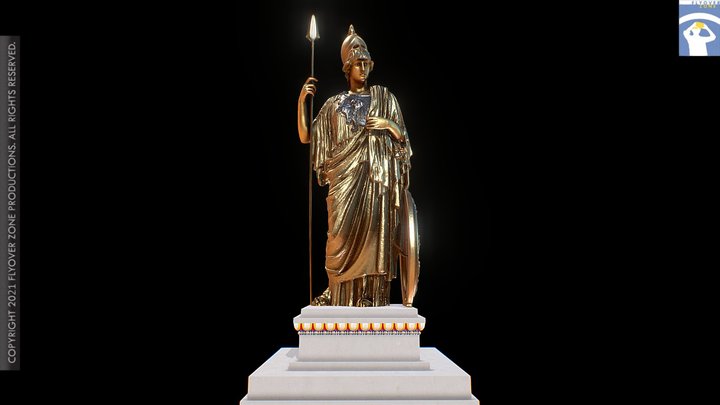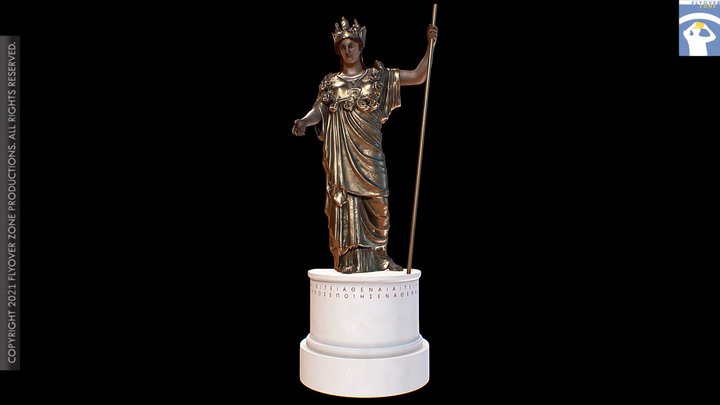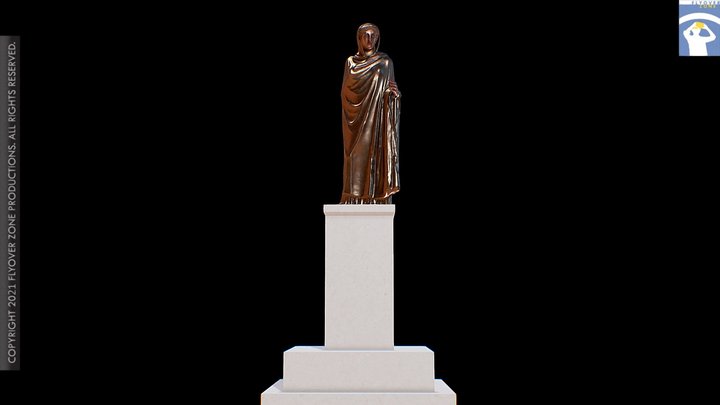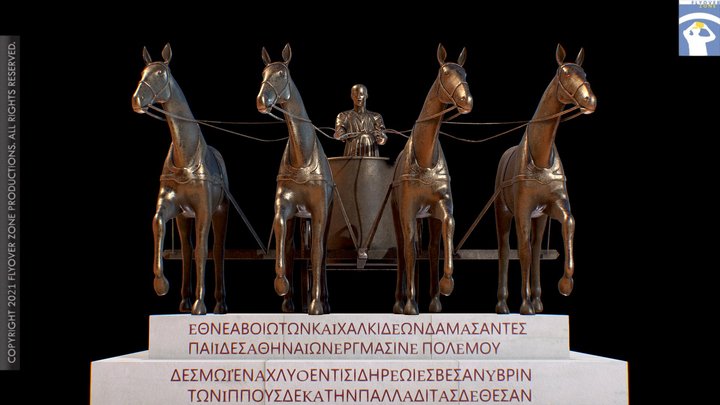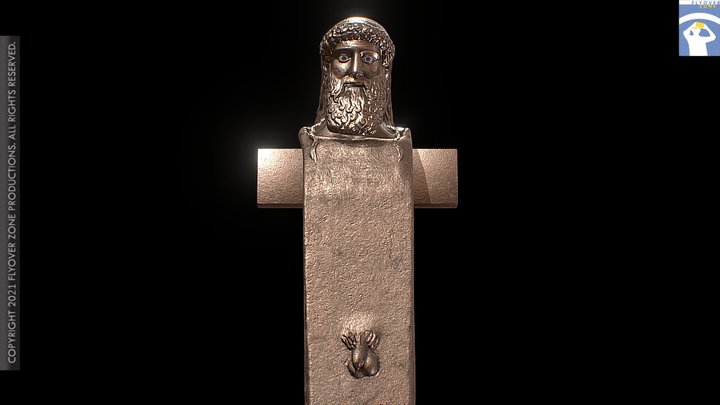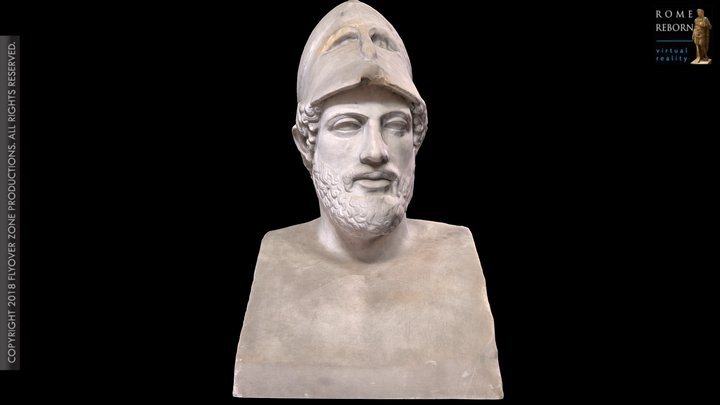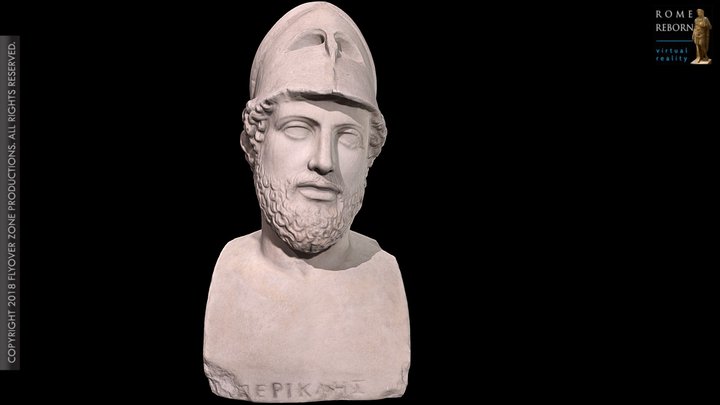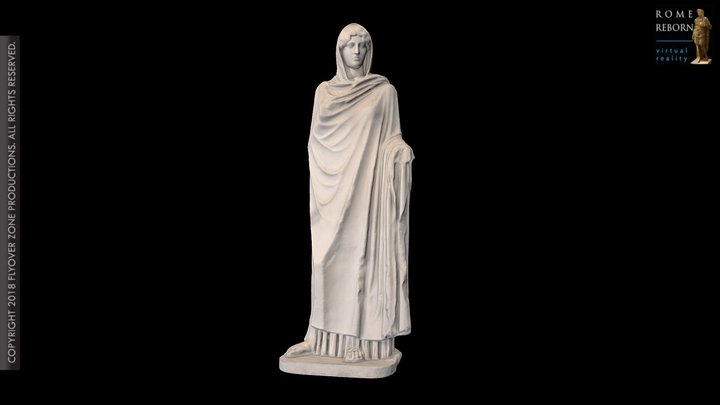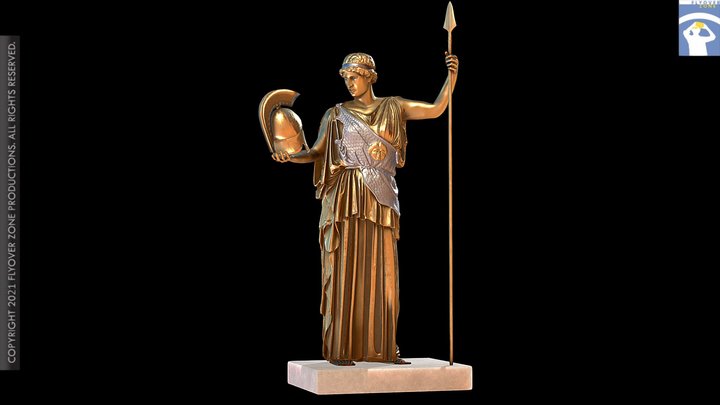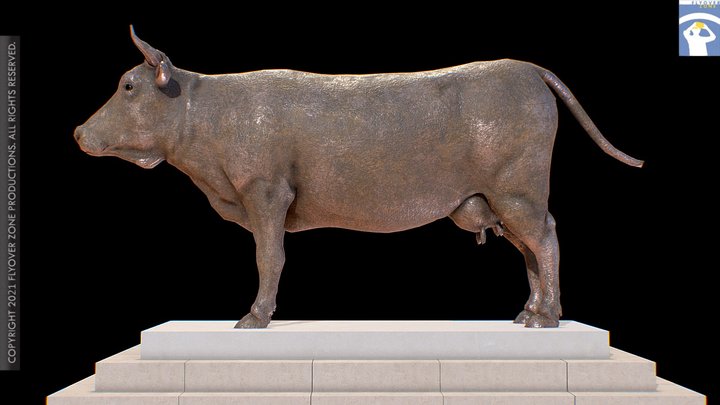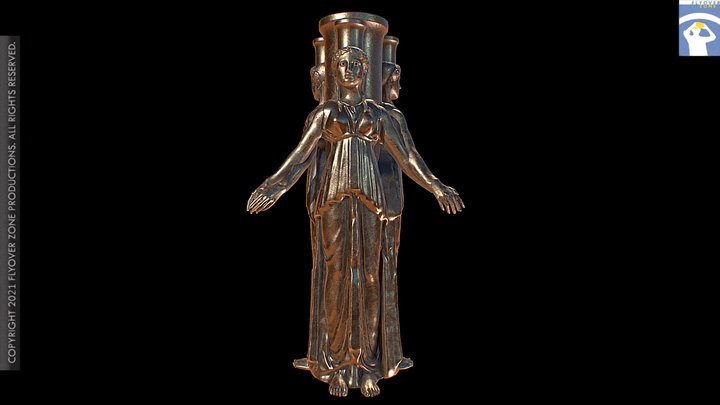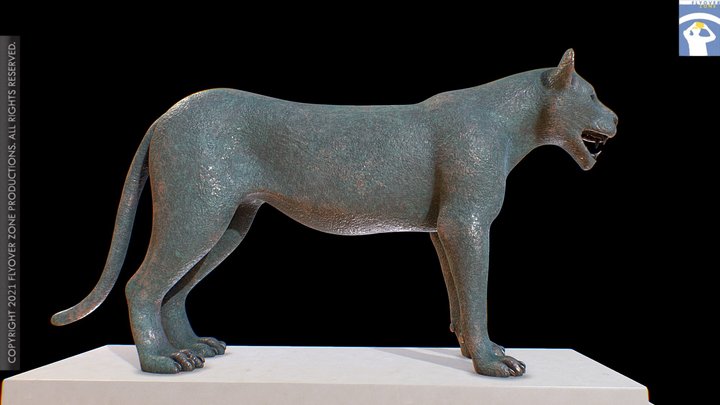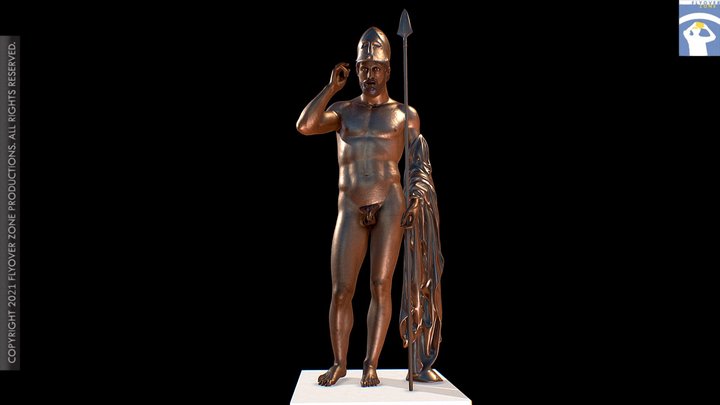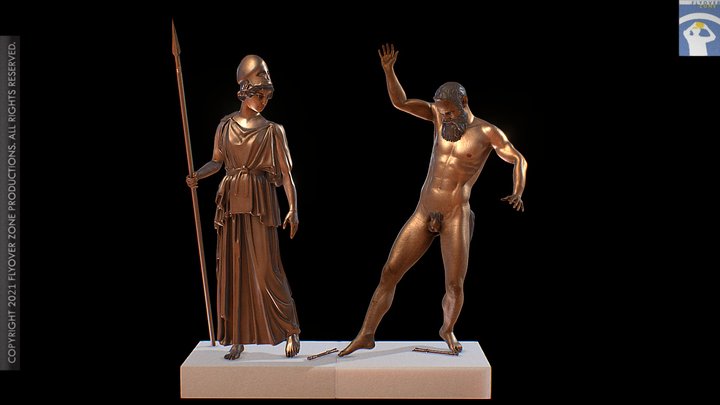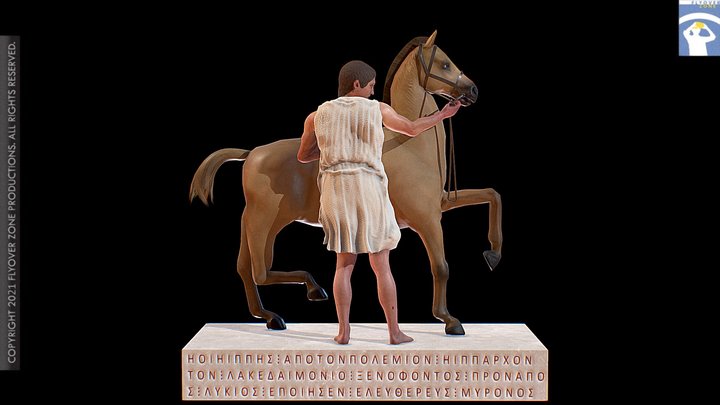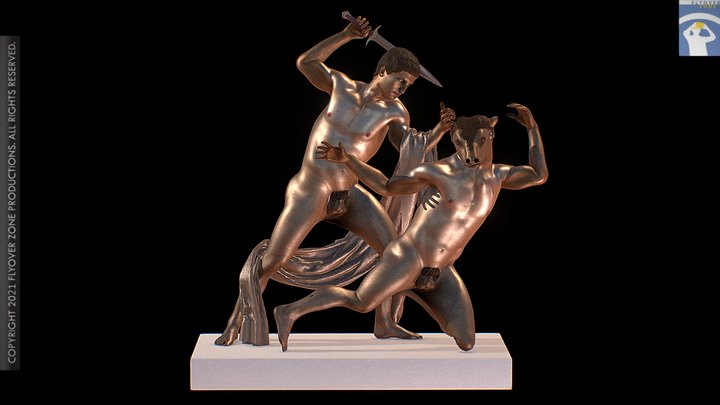Floor | Greek Art
Acropolis sculpture Gallery
The Acropolis, a towering rock rising 500 feet above the lower city of Athens, was originally a citadel, the walls of which are still preserved. Starting in the tenth century BCE, the Acropolis developed into the religious center of Athens. In its temples and sculptural decoration—statues of men, women and animals—the religious, cultural, and political interests of the builders and the inhabitants of Athens were represented as in no other place in the city. If the responsibility for the design of the altars, cult buildings, and votive statues in the sixth century was largely vested in the priesthood recruited from the nobility, this changed in the democratic fifth century: the Athenians decided on the decoration of the Acropolis as a community in the citizen assembly. For the first time, themes and persons of contemporary history were represented in statues or paintings.

